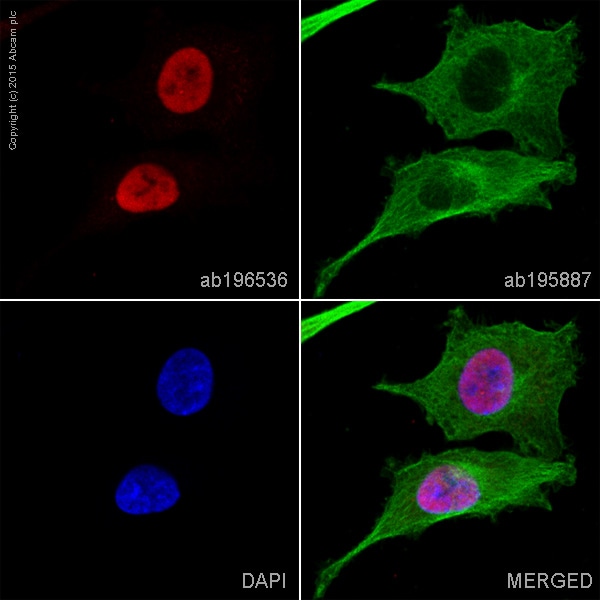
The power (magnitude) of the ASSR can reflect the functional integrity of the neural circuits that support synchronization across frequencies. recently reported that the intraventricular injection of human anti-P antibodies in rats can induce electroencephalogram (EEG) alterations, the EEG results were not quantitatively analyzed and cannot be used as a marker to reflect psychiatric changes.Ĭlinically, one commonly used method of evaluating brain electrical activity is the auditory steady-state response (ASSR), which is an EEG signal entrained to periodic auditory stimuli (a train of clicks). However, there is still a lack of direct in vivo evidence of the pathogenic effect of anti-P antibodies on neural electrophysiological activity. This may be attributable to the fact that anti-P antibodies bind to neuronal surface proteins, leading to calcium influx and neural apoptosis or functional perturbation. The extent of anti-P antibody-induced dysfunction is dependent on the concentration of these antibodies. The results show that the passive transfer of human anti-P antibodies to mice can cause cognitive, emotional, and memory dysfunction. Several animal experiments have been conducted to reveal the pathogenetic roles of anti-P antibodies in the central nervous system (CNS). Anti-P antibodies have also been found in the cerebrospinal fluid of patients with NPSLE, indicating blood–brain barrier (BBB) permeation. An association between circulating anti-P antibodies in the blood and NPSLE manifestations has been confirmed. Anti-P antibodies are specific markers for SLE and are detected predominantly in patients during the active phases of SLE. Previous studies have shown that anti-ribosomal P (anti-P) antibodies are associated with neuropsychiatric SLE (NPSLE). Our study indicates that anti-P antibodies can directly induce the dysfunction of auditory-evoked potentials in the brain and that microglia are involved in the protection of neural activity after the invasion of anti-P antibodies, which could have important implications for NPSLE.ĭiffuse brain dysfunction without overt brain inflammation frequently occurs in systemic lupus erythematosus (SLE) and might involve pathogenic autoantibodies, especially those against neuronal surface components. In contrast, when microglia were depleted, anti-P antibodies induced a serious reduction in the ASSR and neural apoptosis. ResultsĬirculating anti-P antibodies caused an enhancement of the ASSR and the activation of microglia through the disrupted BBB, while no obvious neural apoptosis was observed. A PLX3397 diet was used to selectively eliminate microglia from the brains of mice. The presence of apoptosis in the brain tissues was studied using the TUNEL assay. Immunofluorescence staining was used to examine the morphology and density of neurons and glia in the hippocampus and cortex. The auditory steady-state response (ASSR) was evaluated based on electroencephalography (EEG) signals in response to 40-Hz click-train stimuli, which were recorded from electrodes implanted in the skull of mice. MethodsĪffinity-purified human anti-ribosomal P antibodies were injected intravenously into mice after blood–brain barrier (BBB) disruption. The present study was designed to assess whether anti-P antibodies can induce abnormal brain electrical activities in mice and investigate the potential cytopathological mechanism.


Autoantibodies against ribosomal P proteins (anti-P antibodies) are strongly associated with the neuropsychiatric manifestations of systemic lupus erythematosus (NPSLE).


 0 kommentar(er)
0 kommentar(er)
